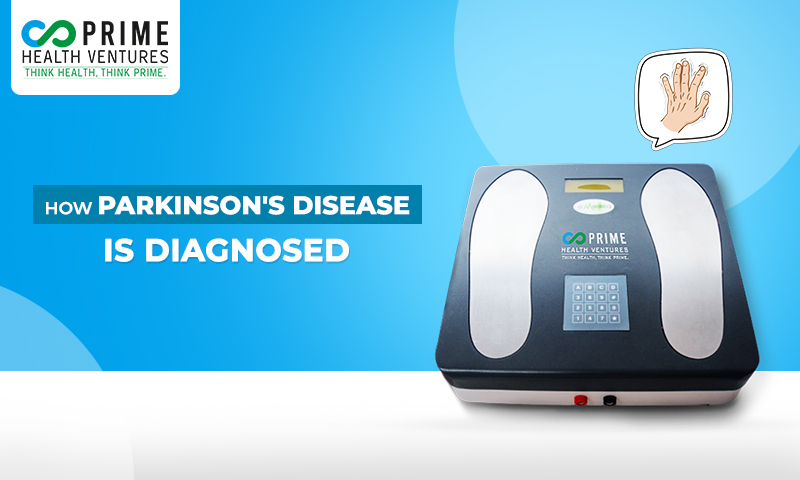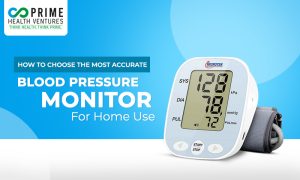There’s no one sure diagnosis for Parkinson’s Disease. And this makes diagnosis especially complicated. For accuracy, the doctor has to carefully weigh the symptoms, family history and other variables before concluding whether it’s Parkinson’s Disease or not.
So, various symptoms and tests are used in combination to diagnose Parkinson’s Disease. A seasoned neurologist may sometimes conclude Parkinson’s Diagnosis in the early stages based on them. In many cases, diagnosis even takes months or years.
Due to the lack of conclusive tests, patients at the early stages of Parkinson’s Disease may not fit the clinical diagnosis criteria. And a person diagnosed with Parkinson’s Disease can be later found to have a condition that mimics Parkinson’s Disease but is not Parkinson’s.
Diagnosis for Parkinson’s Disease is confirmed when conditions with similar symptoms are ruled out (or when the patient responds well to Parkinson’s Disease medication).
Despite the complications involved, it’s important to note that early diagnosis is crucial in treating Parkinson’s Disease. So, take a neurosurgeon’s consultation if you’re experiencing symptoms or early signs of Parkinson’s Disease.
Symptoms of Parkinson’s Disease
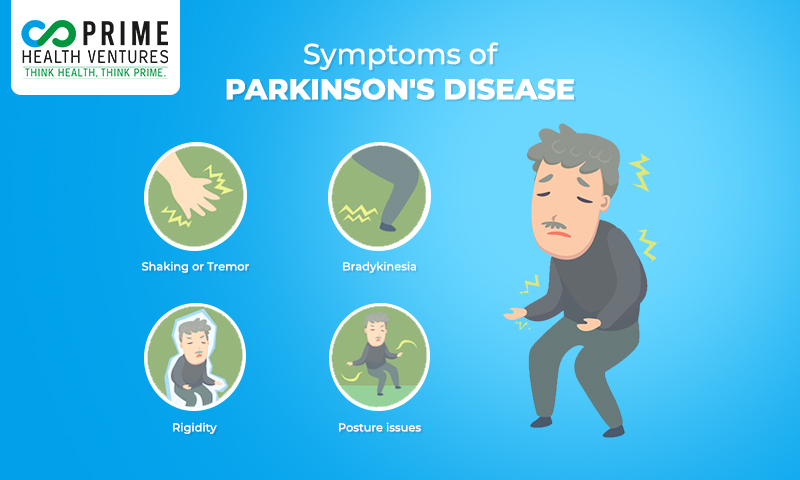
Shaking or Tremor: The hand or foot of the patient starts trembling when at rest, and the trembling typically stops when the patient starts moving.
Bradykinesia: Slowness in the limb, face or overall body movements.
Rigidity: Stiffness in arms, legs or trunk.
Posture issues: Trouble maintaining balance and the resulting falls.
Early Signs of Parkinson’s
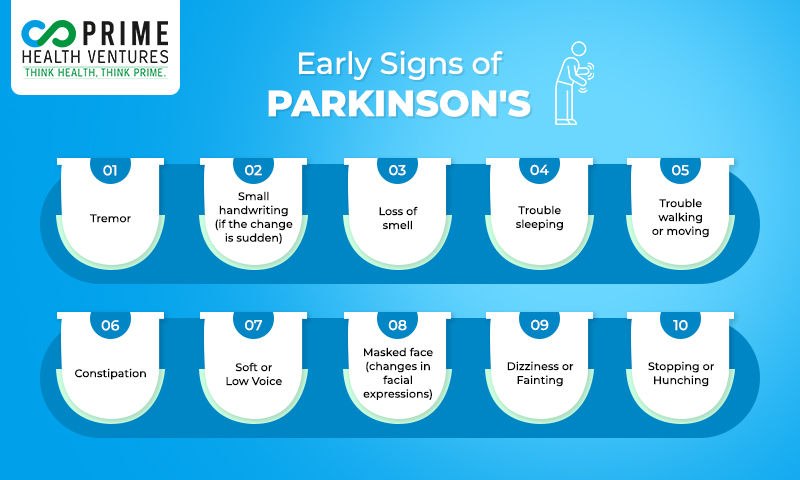
Alongside the symptoms, several early signs can be a precursor of Parkinson’s Disease. These include:
- Tremor
- Small handwriting (if the change is sudden)
- Loss of smell
- Trouble sleeping
- Trouble walking or moving
- Constipation
- Soft or Low Voice
- Masked face (changes in facial expressions)
- Dizziness or Fainting
- Stopping or Hunching
(Note: These signs aren’t exclusive to Parkinson’s Disease.)
Testing for Parkinson’s Disease

There’s no definitive test for the diagnosis of Parkinson’s Disease. But, the neurologist may use the below scans to examine the brain and the nervous system. With these, the neurologist can distinguish Parkinson’s from other conditions with similar symptoms.
CT Scan
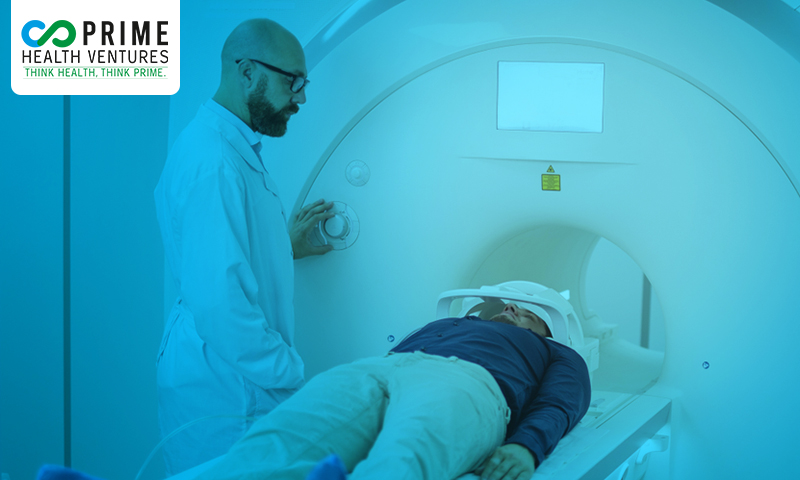
In a CT Scan, X-rays are passed through the body from different angles to build cross-section pictures of the brain. It helps rule out vascular disease and tumors as the cause of Parkinson’s-like symptoms.
MRI Scan
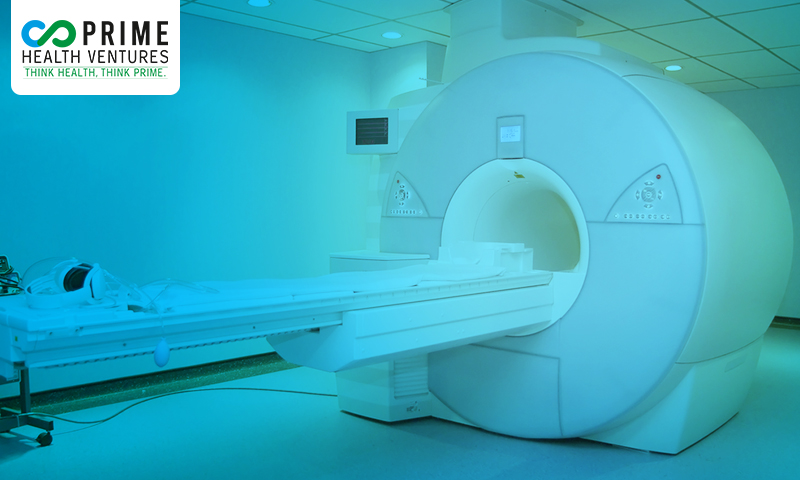
Magnetic charges are used to form images of the brain or other parts of the body. It helps rule out conditions like PSP and MSA (both having similar symptoms to Parkinson’s).
DaTscan
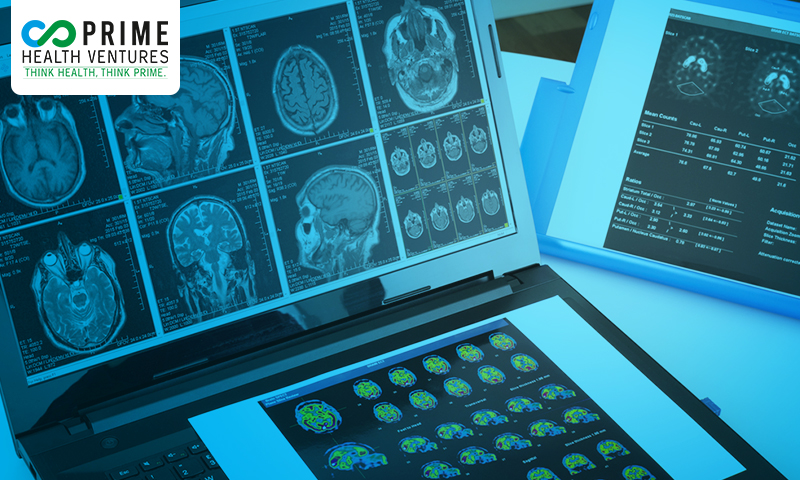
A DaTscan involves injecting a small amount of a radioactive drug and a machine called SPECT (single-photon emission computed tomography) scanner. The scan identifies the loss of dopamine cells in the brain, which leads to Parkinson’s Disease. It helps rule out Parkinson’s-like conditions such as Essential Tremor.
eMedica Wellness Device for Treating Parkinson’s
eMedica wellness device is an electronic medical device that modulates the body’s electromagnetic frequency to optimal levels. By generating specific frequencies, voltages or their combinations, the device speeds up the cure against a targeted disease within a human body. It also improves the charge of your blood cells to boost the body’s natural healing abilities.
Parkinson’s Disease is caused by a degeneration of nerve cells in the part of the brain called Substantia Nigra. With daily use, the eMedica wellness device enhances the charge of the nerve cells in the affected part of the brain. The nerve cells then become more apt for proper functioning, whose results you’ll see in the form of reduced symptoms and a significant improvement in your overall health.

